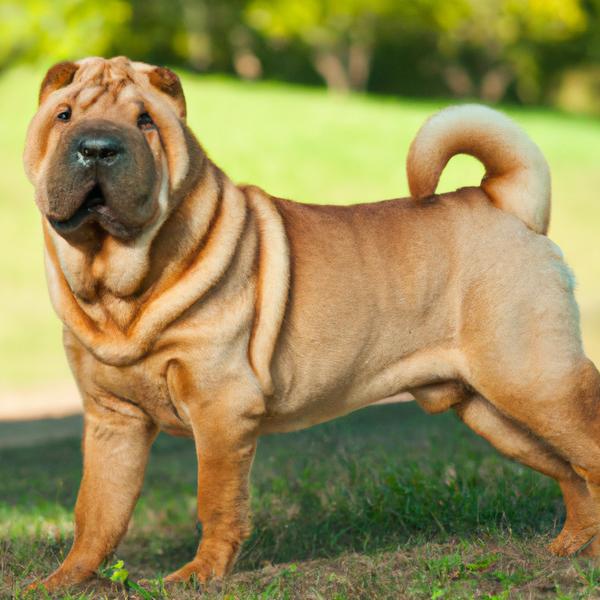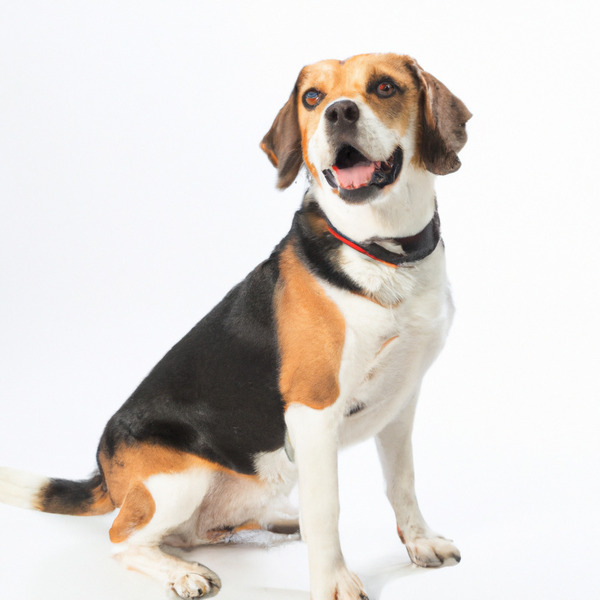Chinese Shar-Pei vs. Beaglier: Breed Differences and Similarities
Hypoallergenic
Are Chinese Shar-Peis or Beagliers hypoallergenic, or neither?
Unfortunately, neither Chinese Shar-Pei nor Beaglier are hypoallergenic, which may not make them the best choice for dog lovers who suffer from pet allergies.
Origin
What is the origin of Chinese Shar-Pei and Beaglier dog breeds?
China
Australia
Ancestry
What are the origins of Chinese Shar-Pei and Beaglier breeds?
Chow Chow
Beagle, Cavalier King Charles Spaniel
Date of Birth
When were Chinese Shar-Pei and Beaglier breeds first developed?
206 BC
Unknown
Eye Color Possibilites
What are the eye colors of Chinese Shar-Pei and Beaglier dogs?
Brown
Brown
Nose Color Possibilites
What are the natural nose colors of Chinese Shar-Pei and Beaglier?
Black
Black
Coat Color Possibilites
What are the natural colors of the coat for Chinese Shar-Pei and Beaglier breeds?
Black
Fawn
Cream
Red
White
Brown
Black
Coat Length
What is the typical coat length for Chinese Shar-Pei and Beaglier breeds?
Chinese Shar-Peis have medium-length coats.
Beagliers have coats that can be either short or medium in length.
Coat Density
What is the density of the coat of Chinese Shar-Pei and Beaglier?
Coat Texture
What is the hair texture of Chinese Shar-Pei and Beaglier?
Straight
Wavy
Litter Size
What is the usual litter size for Chinese Shar-Pei and Beaglier?
A Chinese Shar-Pei can have a litter of 8-12 puppies on average. However, it's worth noting that the size of the litters can vary greatly. Factors that can influence litter size include the health of the mother, breeding history, and genetics.
A Beaglier can have a litter of 13-15 puppies on average. However, it's worth noting that the size of the litters can vary greatly. Factors that can influence litter size include the health of the mother, breeding history, and genetics.
Major Concerns
What are the major health concerns for Chinese Shar-Pei and Beaglier breeds?
Entropion
Hip Dysplasia
Kidney Problems
Chinese Shar-Pei Fever
Mast Cell Tumors
Patellar Luxation
Elbow Dysplasia
Hip Dysplasia
Epilepsy
Mitral Valve Disease
Progressive Retinal Atrophy (PRA)
Minor Concerns
What minor health issues should be kept in mind when owning Chinese Shar-Pei and Beaglier?
Patellar Luxation
Elbow Dysplasia
Demodectic Mange
Skin Problems
Heat Sensitivity
Ear Infections
Cataracts
Kidney Stones
Dry Eye
Environmental Allergies
Occasional Tests
What occasional tests are recommended for Chinese Shar-Pei and Beaglier breeds?
Eye
Hip
Elbow
Blood
Knee
X-Rays
Physical Examination
X-Rays
Eye Examination
Electrocardiogram
Urinalysis
Blood Work
Otoscopic Examination
Energy
How do the energy levels of Chinese Shar-Peis and Beagliers compare?
Chinese Shar-Pei and Beaglier breeds are known for their high energy levels, so if you're looking for a more low-key dog, these breeds may not be the best choice.
Exercise Needed
Chinese Shar-Pei vs Beaglier exercise need comparison.
Chinese Shar-Peis need moderate physical activity and are great for families and active individuals.
Beagliers require significant physical activity and suit those with an active lifestyle.
Tendency to Bark
Do Chinese Shar-Peis or Beagliers bark more/less frequently?
Chinese Shar-Pei dogs are generally less vocal than other breeds and only bark when necessary, such as to alert their owner or communicate.
Beaglier dogs bark and howl frequently and are not recommended for quiet homes.
Past times
What are some enjoyable activities and ways to keep Chinese Shar-Pei and Beaglier entertained?
Napping, Exploring, Jogging, Walking, Cuddles, Sniffing, Fetch, Sleeping, Running, Going on walks, Chewing bones, Cuddling, Eating Snacks, Walk, Tug-of-war, Play, Walks
Walking, Playing, Walk, Chasing, Throwing a ball
Activity Level
Which breed has higher energy, Chinese Shar-Peis or Beagliers?
Chinese Shar-Peis are medium-energy dogs and typically enjoy socializing and playing casual or even sustained games of chase with other dogs. They may also have occasional periods of barking or racing around the house.
Beagliers are high-energy dogs. They need mental as well as physical exercise. These dogs require a lot of your involvement and without it they can, and will, become problematic dogs.
Walks per Week
How many miles should Chinese Shar-Pei or Beaglier walk each week?
There's really no limit to how far you walk your dog as long as they're comfortable. For Chinese Shar-Pei, it's at least 8 miles / week. Just remember to build distance and stamina gradually over time.
There's really no limit to how far you walk your dog as long as they're comfortable. For Beaglier, it's at least 9 miles / week. Just remember to build distance and stamina gradually over time.
Activity per Day
Do Chinese Shar-Peis or Beagliers require more exercise?
Both Chinese Shar-Pei and Beaglier typically require a minimum of 60 minutes of exercise each day. The exercise can be spread throughout the day and may involve high-energy activities like walking, running, and playing.
Grooming
Which breed is easier to maintain in terms of grooming, Chinese Shar-Peis or Beagliers?
The Chinese Shar-Pei has low grooming needs and is easy to maintain.
The Beaglier is a low-maintenance breed that doesn't require much grooming.
Brushing Frequency
What is the recommended brushing frequency for Chinese Shar-Pei and Beaglier dogs?
Ideally, both Chinese Shar-Pei and Beaglier should be brushed at least 2 or 3 times a week (preferably daily) to improve shedding.
Brushing Tools
What brushing tools are used for Chinese Shar-Peis and Beagliers?
Slicker Brush
Nail Clipper
Pin Brush
Comb
Scissors
Nail Clipper
Cups
How much food should be given to Chinese Shar-Pei or Beaglier in cups?
For an average 45-60 pound (20 - 27 kg) Chinese Shar-Pei feed 3 cups daily. But, keep in mind, the amount you feed is going to be dependent on the quality of the food you are feeding.
For an average 10-20 pound (5 - 9 kg) Beaglier feed 1 cups daily. But, keep in mind, the amount you feed is going to be dependent on the quality of the food you are feeding.
Daily Cost
Which breed has a higher daily cost, Chinese Shar-Pei or Beaglier?
The average cost of a Chinese Shar-Pei is somewhere $1.70 - $2.00 per day.
The average cost of a Beaglier is somewhere $1.30 - $1.40 per day.
Monthly Cost
Which breed has a higher monthly cost, Chinese Shar-Pei or Beaglier?
The average per month expenses of a Chinese Shar-Pei is between $48 - $63. This makes an average of $576 - $756 per year. It will be on the higher side when the dog is still small because it will need more frequent visits to the vet, shots.
The average per month expenses of a Beaglier is between $35 - $42. This makes an average of $420 - $504 per year. It will be on the higher side when the dog is still small because it will need more frequent visits to the vet, shots.
Intelligence
Comparing Intelligence: Chinese Shar-Peis vs Beagliers
Chinese Shar-Peis are average in obedience intelligence but have a high IQ and may cause trouble if left unsupervised.
Beaglier has below average obedience intelligence, but they excel in understanding human emotions.
Affection Dependance
Which is the more affectionate dog breed: Chinese Shar-Pei vs Beaglier?
Dog Friendly
Which breed is more sociable with other dogs: Chinese Shar-Pei or Beaglier?
Chinese Shar-Peis are less friendly towards other dogs, but can improve with socialization.
Beagliers are generally very friendly towards other dogs, with a happy and affectionate temperament.
Playfulness
Which breed is more playful between Chinese Shar-Pei and Beaglier?
Chinese Shar-Peis are a playful breed that needs daily playtime to be happy.
Beagliers are very playful, so adopting an older one might be a better option for a more relaxed experience.
Trainability
How do the trainability levels of Chinese Shar-Peis and Beagliers compare?
Chinese Shar-Pei and Beaglier dogs are usually easy to train, but may require consistency to fully obey commands.
Compare Chinese Shar-Pei with other breeds
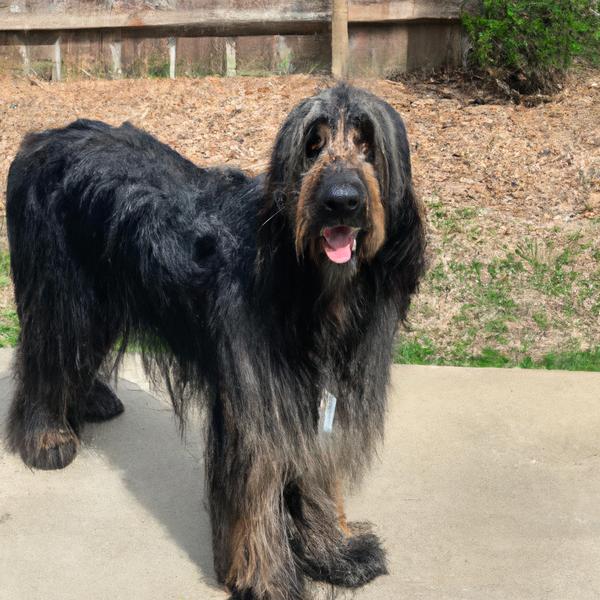
Black and Tan Coonoodle
Chinese Shar-Pei vs Black and Tan Coonoodle
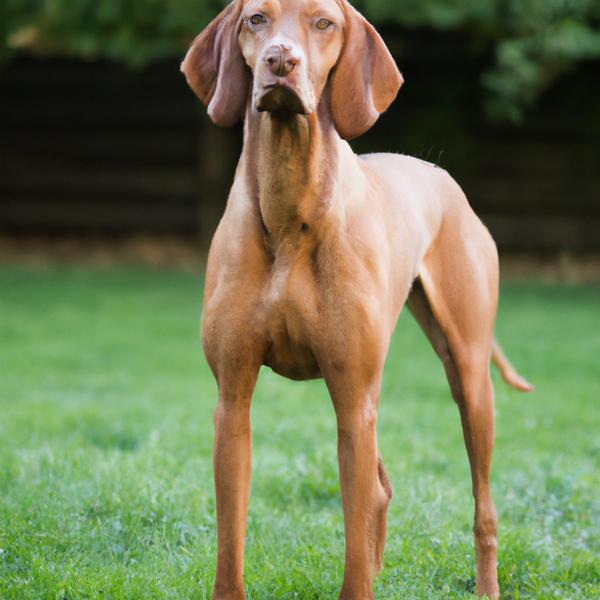
Vizsla
Chinese Shar-Pei vs Vizsla
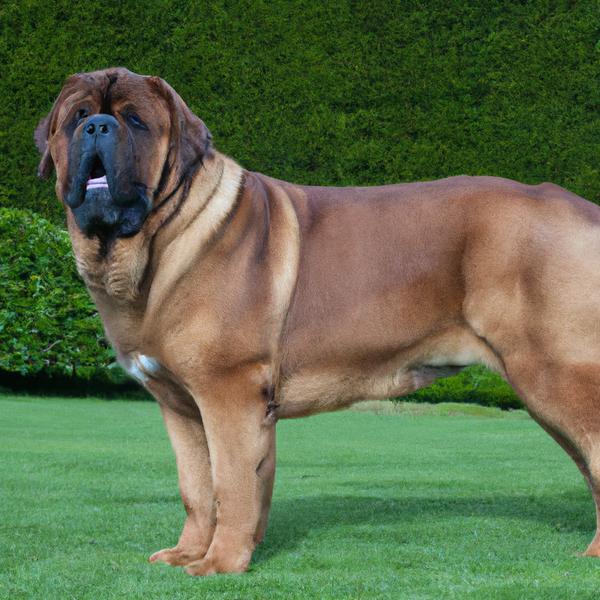
Irish Mastiff
Chinese Shar-Pei vs Irish Mastiff
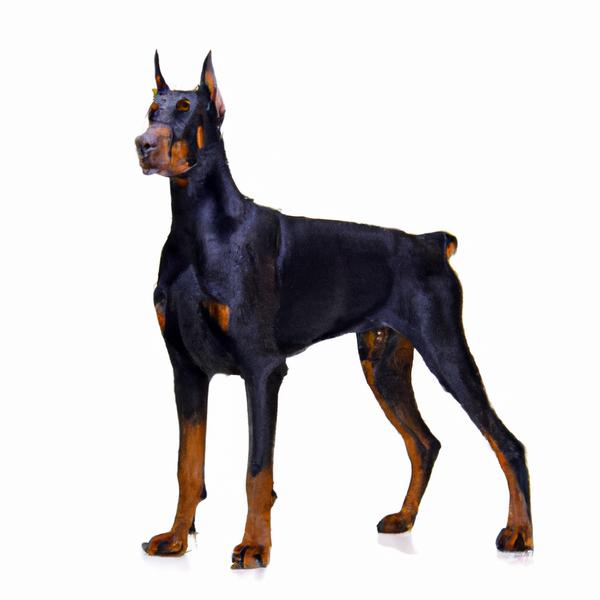
Doberdane
Chinese Shar-Pei vs Doberdane
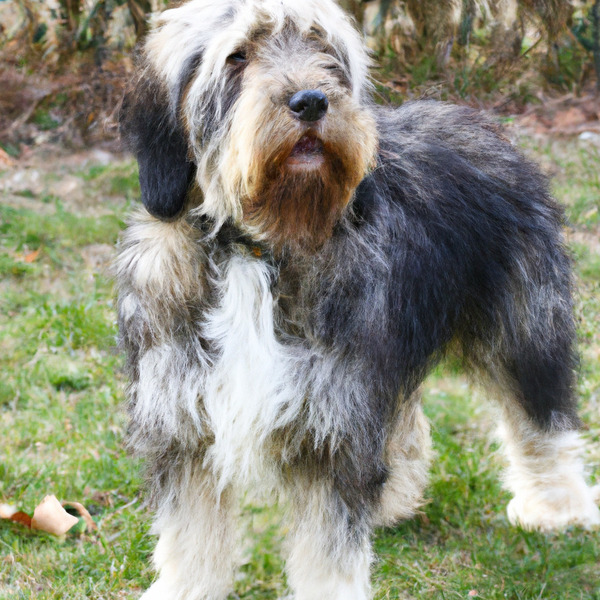
Petit Basset Griffon Vendeen
Chinese Shar-Pei vs Petit Basset Griffon Vendeen

Boxspring
Chinese Shar-Pei vs Boxspring
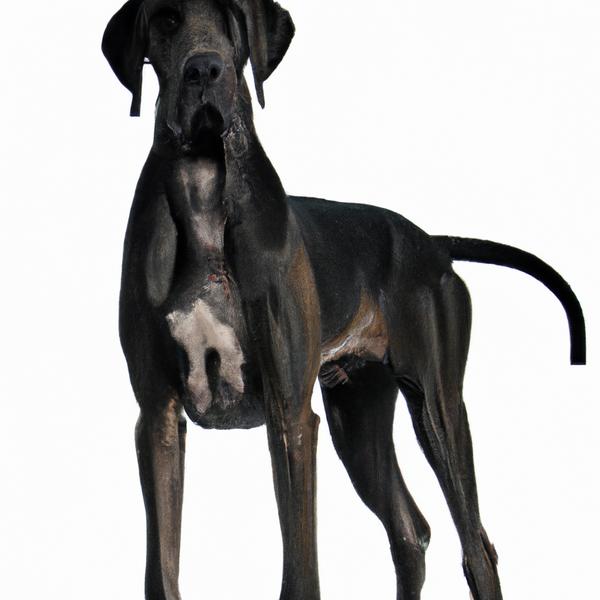
Cortese
Chinese Shar-Pei vs Cortese
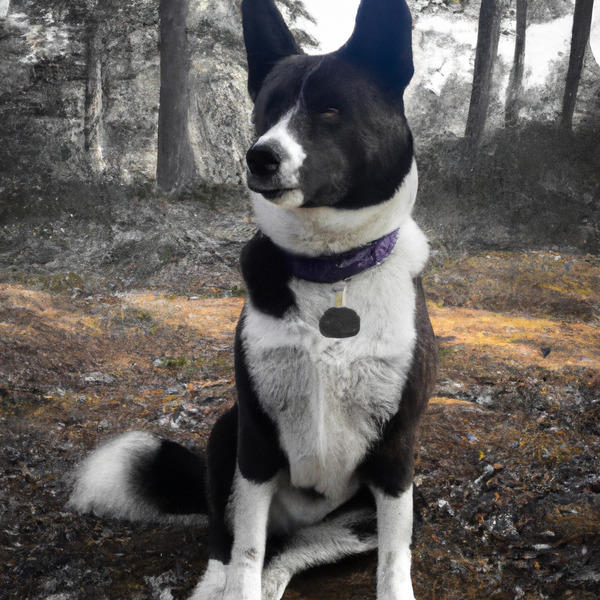
Karelian Bear Dog
Chinese Shar-Pei vs Karelian Bear Dog

Cocker Griffon
Chinese Shar-Pei vs Cocker Griffon
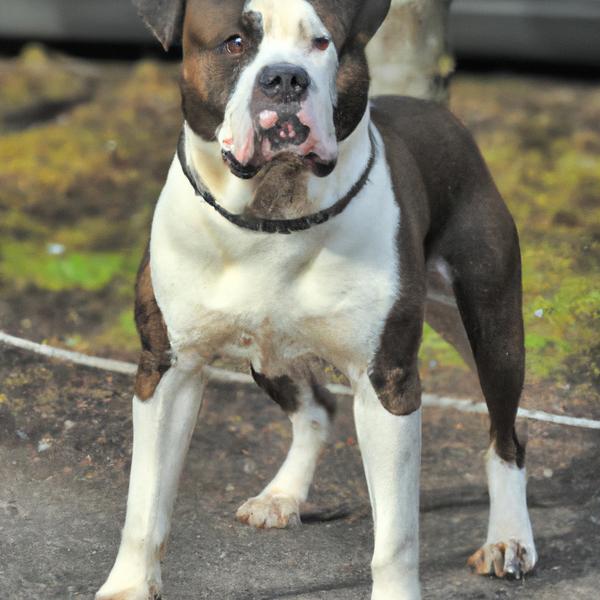
American Bullador
Chinese Shar-Pei vs American Bullador

Scorkie
Chinese Shar-Pei vs Scorkie
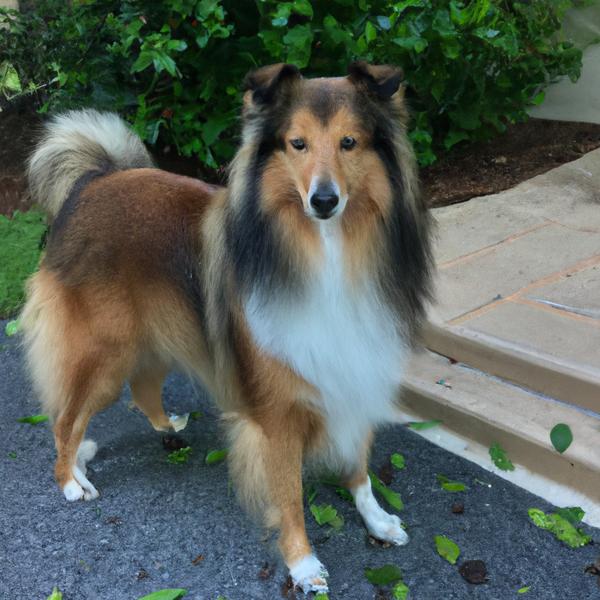
Sheltie Inu
Chinese Shar-Pei vs Sheltie Inu
